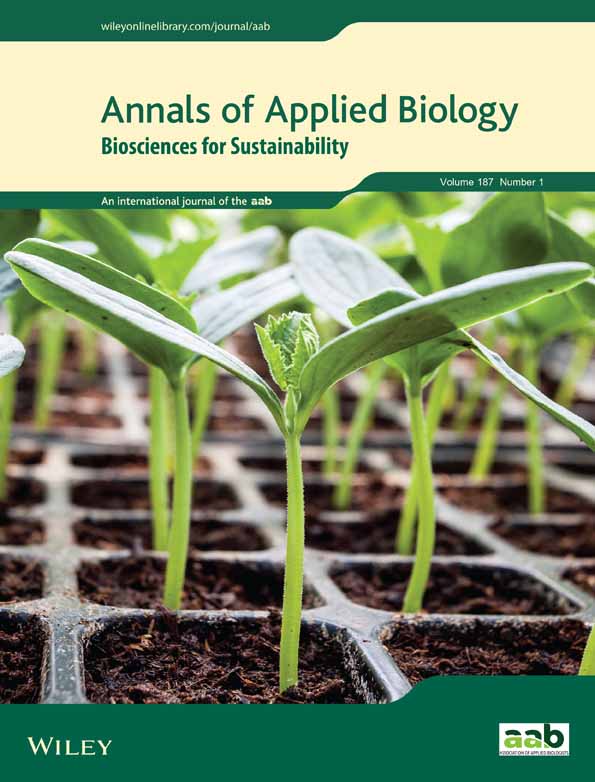Identification of mutants in phosphorus metabolism
Summary
Phosphorus availability is often limiting for plant growth. However, little is known of the pathways and mechanisms that regulate phosphorus (P) uptake and distribution in plants. We have developed a screen based on the induction of secreted root acid phosphatase activity by low-P stress to identify mutants of Arabidopsis thaliana with defects in P metabolism. Acid phosphatase activity was detected visually in the roots of A. thaliana seedlings grown in vitro on low-P medium, using the chromogenic substrate, 5-bromo-4-chloro-3-indolyl-phosphate (BCIP). In low-P stress conditions the roots of wild-type plants stained blue, as the induced root acid phosphatase cleaved BCIP to release the coloured product. Potential mutants were identified as having white, or pale blue, roots under these conditions. Out of approximately 79 000 T-DNA mutagenised seedlings screened, two mutants with reduced acid phosphatase staining were further characterised. Both exhibited reduced growth and differences in their P contents when compared to wild-type A. thaliana. The mutant with the most severe phenotype, pho3, accumulated high levels of anthocyanins and starch in a distinctive visual pattern within the leaves. The phenotypes of these mutants are distinct from two previously identified phosphorus mutants (phol and pho2) and from an acid phosphatase deficient mutant (pupl) of A. thaliana. This suggested that the screening method was robust and might lead to the identification of further mutants with the potential for increasing our understanding of P nutrition.




